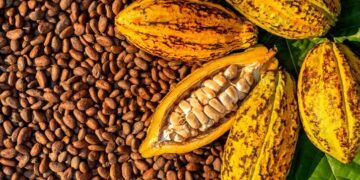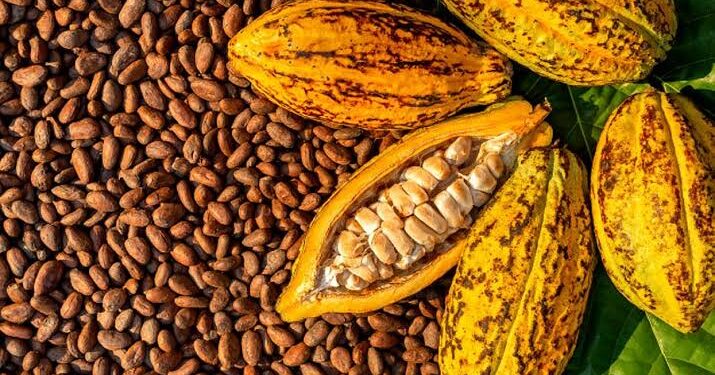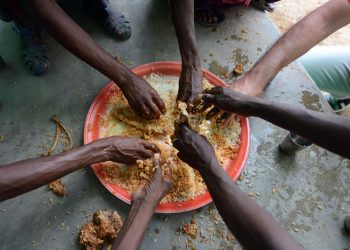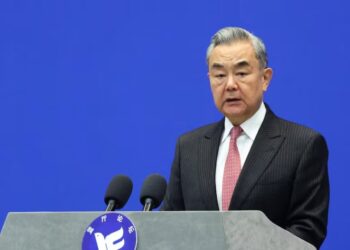Scientists have in a recent study highlighted that the insatiable global appetite for chocolate is contributing significantly to the destruction of protected forests in West Africa.
Satellite maps of Ivory Coast and Ghana demonstrate alarming deforestation rates since 2000, with vast expanses of once-dense forests replaced by cocoa plantations.
The study found that cocoa production was responsible for 37.4% of deforestation, equating to 360,000 hectares, in protected areas of Ivory Coast since 2000.
Similarly, in Ghana, cocoa production accounted for 13.5% of deforestation, amounting to 26,000 hectares in protected areas during the same period.
Cocoa, the key ingredient in chocolate, is derived from the seeds of the tropical Theobroma cacao tree.
While it originated in South America, the majority of cocoa is now produced in Africa, with Ivory Coast and Ghana contributing two-thirds of global production.
In West Africa alone, approximately two million farmers rely on cocoa for their livelihood, cultivating small farms averaging just three to four hectares each.
These farmers earn meager incomes, often less than $1 a day, and are part of a complex supply chain that involves middlemen connecting them to the global market, creating a lack of transparency.
The opacity has allowed human rights abuses to persist within cocoa production, with the industry long associated with slavery.
However, the latest research establishes a direct link between the indulgent treat and the climate and biodiversity crises, which pose a severe threat to the planet’s biosphere.
West Africa, like other tropical regions, is experiencing rapid deforestation. Ivory Coast has lost more than 90% of its forests since 1950, while Ghana has seen a decline of at least 65%.
While cocoa production was already recognized as a leading cause of deforestation in both countries, the precise extent of its impact remained uncertain.
An international team of researchers undertook the task of accurately mapping cocoa cultivation in deforested areas using satellite imagery.
They trained a neural network to analyze the satellite data and identify cocoa plantations.
The findings were verified by on-the-ground teams in Ivory Coast and Ghana and cross-referenced with the World Database of Protected Areas.
The results revealed that cocoa was being cultivated on over 1.5 million hectares of protected areas across both countries.
Shockingly, nearly 14% of Ivory Coast’s protected areas and 5% of Ghana’s were affected.
In some designated forest areas, almost 80% of land had been cleared for cocoa farming.
Kwame Osei, country director for Ghana and Nigeria at the Rainforest Alliance, who was not involved in the research, identified poverty as the primary driver of deforestation in cocoa production.
He highlighted that “cocoa farmers in West Africa receive a mere 6% of the retail price of a chocolate bar, facing chronically low prices and limited bargaining power.
“Cocoa farmers are also on the frontline of the climate crisis, vulnerable to droughts, pests, and diseases that can devastate their crops.
“Consequently, land degradation often results in the transformation of forest areas, including protected zones, into new cocoa plantations.”


































